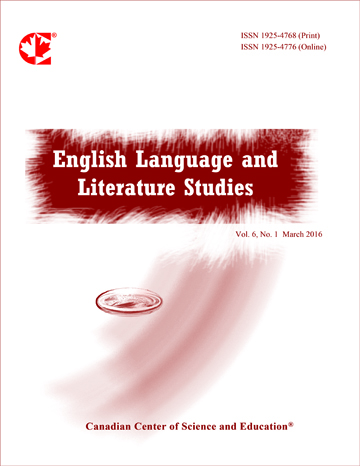An Analysis of Allende’s “Ines of My Soul” from the View Point of Magic Realism: A Case Study
- Moussa Ahmadian
- Atieh Rafati
Abstract
narratives/novels. The movement originated in the fictions/novels of Latin-American writers in the mid-twenty century. It reflects the ontological uncertainty of our times, rather than relying on traditional realist fictions which assume to describe the world of reality, and challenges the traditional perceptions of the ordered world which underpins realist fiction’s pretensions to reproduce reality in literature. This type of novel tries to accord the same status with the world of mind and imagination as that of the social/real world. Being innovative in nature, magic realism challenges rational cultural traditions of the West; the ways in which the West has used the novel to reflect and make sense of experience. It also questions the Eurocentrism of the West by expressing the Third World experiences and drawing upon and focusing on local culture/s. Magic realist novels reflect resistance against the dominant culture and traditions imposed by the West and/or dictated from outside, to make sense of the third World countries and their native languages and cultures.
This paper attempts to analyse Isable Allende’s “Ines of My Soul” from the view point of Magic realism. In her novel, Allende depicts the mysterious world of fantasy in (magic) realistic ways to show the psychological reality of modern man of today; modern man as he is or can be, not as the West wants him to be. First, with reference to the features and principles of magic realism, a model of analysis will be established. Second, Allende’s novel will be analysed within the model. Finally, the results of the analysis will be discussed to show how they imply for better reading and understanding of novels of this type.
- Full Text:
 PDF
PDF
- DOI:10.5539/ells.v2n1p15
